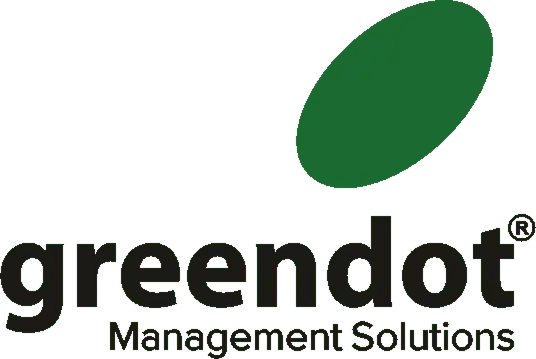The one-word answer is NOW.
First of all, we congratulate the leadership of the company for deciding that it is time to start a small/continuous business development journey. That’s the only way these skills are the continuation of the process of progress to gain and maintain efficiency begins. It only happens when the leader stands up and says, “Enough! We have to get better and that can’t happen unless we change.”
Here are some helpful tips to start your little trip that Greendot would like to share with you.
Where Not to Start Lean Journey?
It would seem logical that the way to start Lean implementation in your business would be to train everyone in Lean. There are many Lean courses around us, which make these courses much cheaper, or more comfortable. So why not simply select a training provider and enroll everyone in the course?
In our experience, this is an inefficient, time-consuming, and costly way to get started (even allowing training funding). The training is intended to transfer knowledge, and the result is that the trainees receive a degree or certificate of recognition.
However, knowledge is only useful if used and, to our knowledge, very few Advisory training courses continue to bring about real Lean change. This is because some obstacles such as organizational culture prevent change.
Also, training more people and expecting them to use development often, in the long run, leads to inconsistent, unplanned, minimal development that will not address the key issues that prevent your business from growing.
Most of the SME producers I visited for the first time have already invested a lot of money in training staff in “Lean” but they have not yet found any changes in their business operations so they have contacted Greendot to help them make that change. So my advice is to skip the training and go to the problems that affect your business.
“Stability First”: A Perfect Excuse for Procrastination
Another popular method is what I call the “stability-first” method. This approach states that before you can face major challenges in your business such as long lead times, high costs, and late delivery through Lean, you need a “stable” foundation.
Basically, proponents of this approach argue that if your business is experiencing day-to-day delivery and quality problems, long lead times, and high costs, and there are poor processes, it is “not good” for Lean.
There is a basic level of stability you need. If you are planning to make major changes in senior leadership (for example, changing general manager or production manager), it may be best to wait until the change is completed and the new leadership can take over. However, other than that, my view is that the time to start making big changes is now here. Every day you wait for it costs you money.
First Decide: What Is the Problem We Need to Fix?
Before you can consider doing anything with Lean, you need to explain what you want to achieve. What problem are you trying to solve, or what strategic goals are you trying to achieve? Therefore, without saying that if your business does not have a clear business plan and business plan, you need to do this before starting a process to improve the process using Lean.
Find the wrong strategy or fail to come up with a plan, and I can guarantee that your business will never succeed, no matter how well your factory works. Remember that Lean is not a strategy or strategic goal. Dependence is a way to achieve your strategic goals – it is a way, not an end.
Your strategy will set the vision for your business. It will also set specific measurable goals for what you want to achieve depending on your target markets, new markets you plan to enter, new products you plan to offer, your target sales level, and expected growth rate. That will tell you what you will need to do next time compared to what you are doing now.
Getting the Key People on Board
We often find that a good place to start with a new Lean startup project is the Senior Leadership Workshop. This will involve all key leaders in the business. Usually, this will mean all direct reports to the CEO and perhaps some or all of the next-level leaders. All activities must be included, even those activities that may not be directly affected by the Lean project.
Usually, Lean projects in the construction industry will focus primarily on activities such as manufacturing, ordering, purchasing, and storage. However, other careers such as marketing, engineering, HR (if you have HR), and finance will have a major indirect impact (and perhaps a direct involvement). They need to be fully involved and know the project, its objectives, its potential impact, and why it is important for the business. Otherwise, they may undermine the project (either unintentionally or intentionally).
Understanding the Barriers to Change
Your plan should give you short, medium, and long-term goals for what you want to achieve with your Lean project. It should also highlight certain skills gaps that you will need to overcome to achieve your goal, such as a lead time challenge. However, there are obstacles to overcome.
Read More :
- Rules of Lean Journey
- Lean Principles
- Overall Equipment Efficiency
- Poka-Yoke
- Poka-Yoke Training
- Kanban Tools
- six sigma goal

